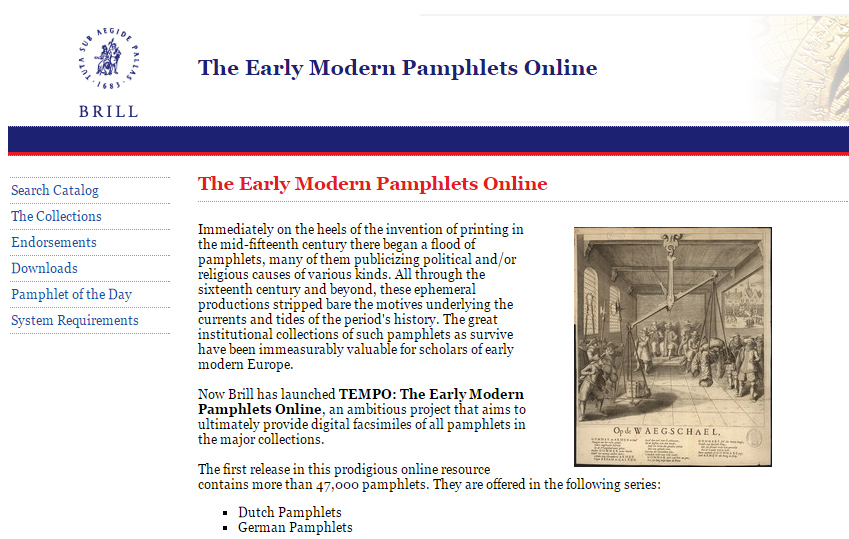The journey is ending. After a month of research and travel throughout the Netherlands and two international conferences, I am looking forward to some stasis. I have almost become used to this nearly constant motion, but somehow the pace of this last week seemed to have increased. (The below map highlights the locations of archives and conferences visited over the last month)
I have now been in the The Hague for about a week. Much of this time has been spent at the Koninklijke Bibliotheek (National Library) or the National Archives. One of the most fantastic things about these resources is their proximity to one another. They are literally connected to each other and both lay a short walk from Den Haag Centraal train station. It’s a researcher’s dream to have this kind of easily accessibility! The National Archives and Library contain a fantastic amount of useful information for my research and this was only the latest in a long series of visits to the collections. The National Archives, for instance, contain almanacs, patent applications, maps, and one of the best single collections of shipworm-related documentation in any archive. While the NA has busily digitized many of their records (particularly the West India Company records) over the last several years, most of the materials I use must be obtained in person.
The National Library contains many of the hard-to-find books (early modern or otherwise) I’ve used in my work. The KB has undertaken a series of digitization initiatives since my first visit in 2010, and much of the work that used to take days in the readings rooms, can now be undertaken at home in the US. Delpher, for instance, offers a full text (though imperfect) selection of newspapers, articles, and other digital material as long as once has a subscription to the KB library. One can also access the TEMPO database (The Early Modern Pamphlets Online) of Dutch language pamphlets using the same account. All the same, this new accessibility only scratches the surface of the resources available at the KB.

TEMPO (The Early Modern Pamphlets Online) is a digital clearinghouse of over 47,000 pdf copies of Dutch-language pamphlets.
Working at the NA and the KB also allows easy access to archives elsewhere in the Netherlands because of its proximity to the train station. On my final day in the national archives, for instance, I digitized my last document in the morning. I had been researching the third outbreak of cattle plague in the Netherlands which lasted for much of the last quarter of the eighteenth-century. A colleague I had met in Brussels and I had discussed a possible collaboration and publication comparing the Dutch and Belgian contexts of this epidemic. We are interested in the variability of mortality among cattle populations across space. Naturally, the mapping implications of this project are exciting, but first the data. Cattle mortality records are scant, but tax records (including hoorngeld or a tax on heads of cattle) were well-documented, printed, and available in the National Archives. Based on this archival work, I realized the other locations held equally useful documentation of this disease outbreak, including the North Holland Archive in the city of Haarlem.

The Janskerk location of the Noord Hollands Archief is in a former monastery originally established in the 14th century.
The North Holland Archive (Noord-Hollands Archief) is easily one of the more interesting looking archives in the Netherlands. Just like Zeeuws Archief in Middelburg, it’s a fantastic blend of early modern and contemporary architecture. The archive is actually split between two locations, the first at St. Janskerk near the main square of Haarlem, and the second just outside the center. The trip takes less than an hour, and even though I arrived at noon, I had a fantastic opportunity to access many of the records I needed.
The archives of the Hollandsche Maatschappij der Wetenschappen (Holland Academy of Science) lie in the other locations of the NHA in Haarlem. This was the first scientific society established in the Netherlands (a relatively latecomer by European standards, having only begun in 1752). When writing my dissertation, I became aware of the Academy’s interest in cattle plague. As an “enlightened” academic organization, the Holland Academy sought to foster “useful” knowledge for the improvement and well-being of society. The society funded research and offered prizes for the scholarly contributions that could address ongoing issues. This included cattle plague. In 1760, for example, the Academy offered a prize for anyone who could answer the questions “What are the natural origins of the cattle plague? Why is this cattle plague lasting so much longer than previously [there was an earlier epidemic in 1713]? And what are the best precautions to take to avert it, whether in the stalls or when the sickness reaches neighboring lands?” I had come across these questions (and some of the answers to these questions) in many of the pamphlets and medical treatises written about the second outbreak of cattle plague. This was an opportunity, however, to see the undistilled interaction between the Academy is participatory science. Like with most quick visits to archives, I left with a mild feeling of disappointment, not because I hadn’t found anything, but because I had found too much.
In a sense, this final experience in the archives of Haarlem was a fitting coda to a productive (if at times harried) research trip. Of course I didn’t have enough time to see everything I wanted. One rarely does. Closure and a sense of finality aren’t often the products of historical research. I did get the majority of what I needed, and more importantly, my visit opened up the possibility of future research opportunities as well.
Tot volgende keer.

